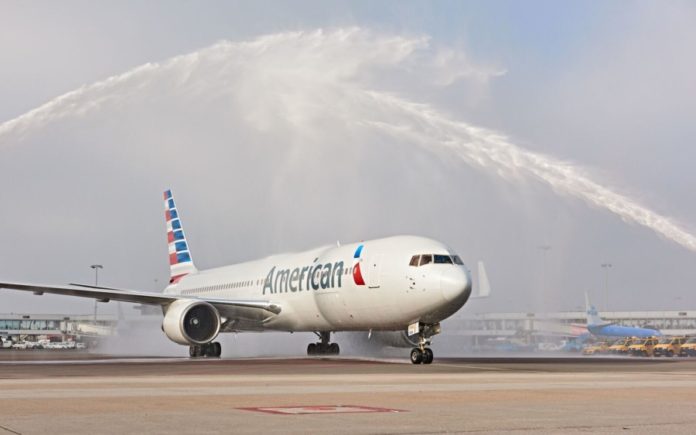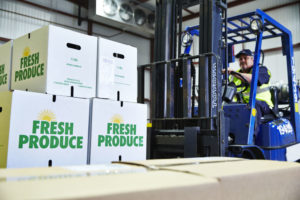

Miami International Airport (MIA) represents a key hub for American Airlines Cargo due to its extensive links into the Americas and perishables unsurprisingly make up much of the cargo volumes.
The carrier runs about 340 flights out of MIA on a daily basis to 132 destinations and it is the airline’s largest international gateway.
American Airlines’ director of cargo sales for MCLA, Lorena Sandoval (pictured) says MIA is the major hub for imports and exports for Latin America (LATAM) with perishables a key growth driver of business from LATAM into Miami, but notes it is a challenging marketplace to operate.
American operates one-third of all direct flights between the US and LATAM from MIA and widebodies account for 25 per cent of those services.
She says the carrier sees more potential growth out of MIA and notes the cargo industry is growing at MIA, supported by better market conditions and improvement in trade. “Demand is up, and our customers continue to show their confidence in us by giving us greater parts of their business,” Sandoval says.
Seasonality also plays a pretty significant role in how much American ships and when from MIA, but even when commodities are out of season, it sees an offset from other origins.
Sandoval gives an example of if salmon production from Chile is down – it might see an increase in agricultural products from Peru and Argentina.
The most buoyant trade lanes at MIA are LATAM lanes, which are always some of the strongest, though there is always some shift between countries depending on the time of year.
“Air cargo is all about supply chain speed, particularly where perishables are concerned. Our sheer number of frequencies and our ability to connect customers’ freight shipments from LATAM to Europe and Asia make MIA an integral part of our network,” Sandoval says.
“MIA is our most important cargo hub globally by weight. It’s been a vital part of our network since it was established in 1989,” she adds.
Perishables are the largest percentage of air exports from LATAM for American and into MIA and it moves salmon and fruit from Argentina and Chile; asparagus, mangoes and berries from Peru; and flowers from Colombia and Ecuador.
However, external factors outside of America’s control have affected the perishables market, particularly relating to weather, that have had an impact on trends and demand.
Sandoval says the current ‘avocado crisis’ in Europe is happening as a result of supply issues from key producers in areas like LATAM, therefore demand for the fruit continues to rise from other locations around the world.
She adds: “But, even when we see fluctuations in demand in traditional markets, we often still have plenty of airfreight options – either moving existing commodities to brand new markets, or identifying completely new products to move. Of course, a lot of that still comes up via MIA.
“Our opportunity lies in providing support to the exporters in LATAM countries who are looking to open up even more markets and create more demand.”
Sandoval says imports heading to LATAM include computers, mobile phones and computer chips, as well as spare parts for mining companies, while a new area of business is the packaging industry, as more and more companies become involved in e-commerce.
American has also been upgrading its facilities at MIA and in late 2016, it completely re-envisioned the layout of its MIA facility.
Sandoval explains: “We expanded the available space there by more than 35 per cent, which is a huge benefit for our customers.
“At the same time, we have been able to introduce five new receiving doors that have considerably improved the overall customer experience and visibly reduced truck waiting times on the dock.
“We offer a full temperature-control program to and from MIA. Our ExpediteTC service is our premium product for temp-controlled healthcare goods, which is an important component of our service offering through the hub.”
American looks ideally positioned to grow further at MIA, especially as the LATAM region is back on track economically.















